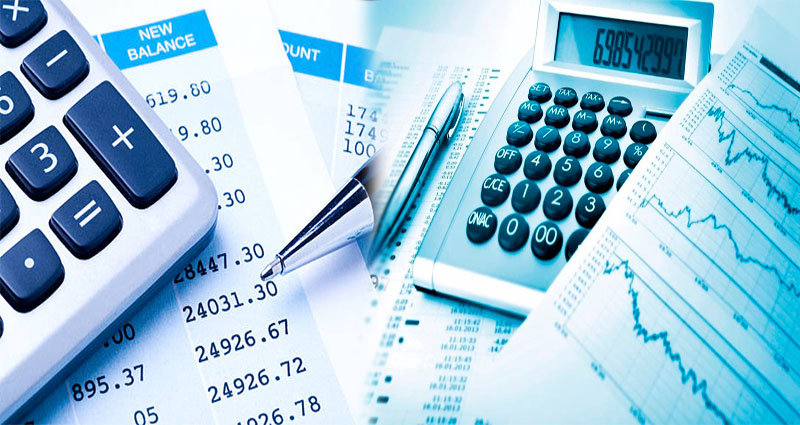Industry Appropriate Financial Statements
If you’re in business, it’s likely that you’ll need to understand and prepare financial statements. Financial statements are required by law and other businesses, so you can’t get away without them. But what are the right documents for your industry? We’ll talk about the balance sheet, income statement, cash flow statement and how each of these documents can be used.
Balance sheet
The balance sheet is a snapshot of the company’s financial position at a given point in time. It shows the company’s assets, liabilities and equity. Assets are things that provide future benefit to the business such as cash and inventory; liabilities are debts or obligations owed by the business such as accounts payable; equity represents owners’ investment in their company after deducting all its liabilities from its assets
Income statement
- The income statement is a summary of revenue and expenses for a specific period. It shows the company’s










